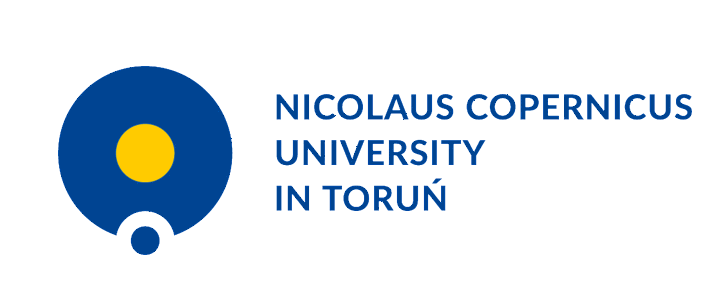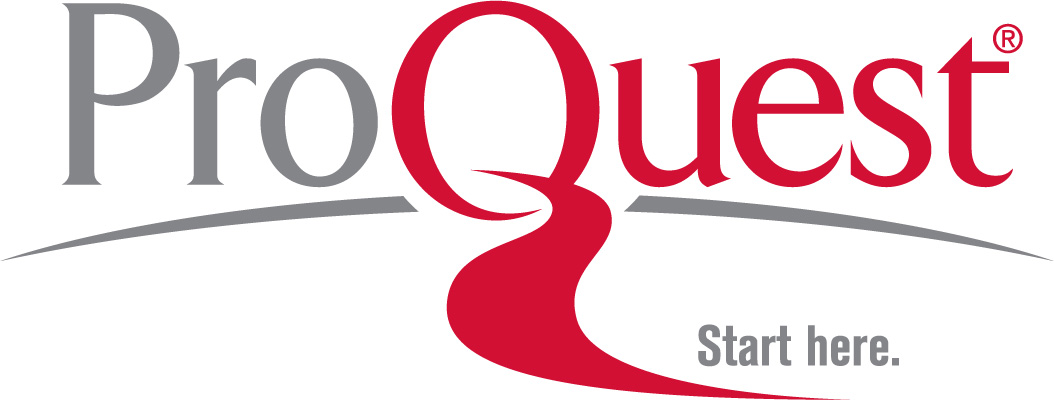The Influence of Customers’ Purchasing Behaviour on Property Valuation
Abstract
The property evaluation in Czech compulsorily done accountancy is based on the principle of historical cost which does not allow to convey the current property value. The article describes the research carried out in order to bring the methodology of future updating of property valuation by real value up to date. The aim of research was to gain information from the corporations regarding their long-term corporeal depreciable goods and chattels – corporation car fleet and assesment of the criteria importance which influence upon their decisionmaking about purchasing these goods and chattels. The questionnaire was divided into two parts. The first part contained information on respondents. The other part was oriented towards the criteria – fuel consumption, performance, torque, attainable speed, acceleration, ecological loading, active and passive security, operational reliability, length of guarantee and brand. The respondents evaluated the criteria within the evaluation scale. The results of two criteria, active security and operational reliability, were increasing, i.e. frequencies of answers created increasing function. These two criteria sets were beside and thus excluded. The authors took into account the other nine criteria sets. The calculated value of statistics is less than a critical value of a test on the level of significance of 1 per cent, and thus it is possible to allege that all distributional functions equal or if you like the sets can be considered as the choice of the same basic set. If the same test is applied on particular sets, it is obvious that there is not a substantial difference between respondents’ answers, i.e. the size of private corporation and the fact if it is a private or public organization do not play any role. The research showed that the problems of customers’ purchasing behaviour and perception of utility value and subsequently property valuation by real value is up-to-date and both private and public organisations are aware of it. Purpose of the article: The article describes the research carried out in order to update the methodology of long-term depreciable goods and chattels valuation in future, thereinafter “DHMMO”, by real value. Methodology/methods: Contribution use general scientific methods, especially analysis, synthesis, comparison, induction and deduction. The research was done by means of questionnaires. To evaluate the results specific statistical methods were used, especially mean value, dispersion, frequencies and Kruskal-Wallis test. Scientific aim: Scientific aim is to do research and which gives information from the corporations regarding their long-term corporeal depreciable goods and chattels – corporation car fleet and assesment of the criteria importance which influence upon their decision-making about purchasing these goods and chattels. Findings: Statistical evaluation of the research results into the finding that distributional functions of particular criteria equal or if you like the sets can be considered as the choice of the same basic set. If the same test is applied on particular sets, it is obvious that there is not a substantial difference between respondents’ answers, i.e. the size of private corporation and the fact if it is a private or public organization do not play any role. All subjects answer given questions by analogy. Conclusions: The research showed that the problems of customers’ purchasing behaviour and perception of utility value and subsequently property valuation by real value is up-to-date and both private and public organisations are aware of it.Downloads
Published
2013-10-31
Issue
Section
ORIGINAL SCIENTIFIC ARTICLE











